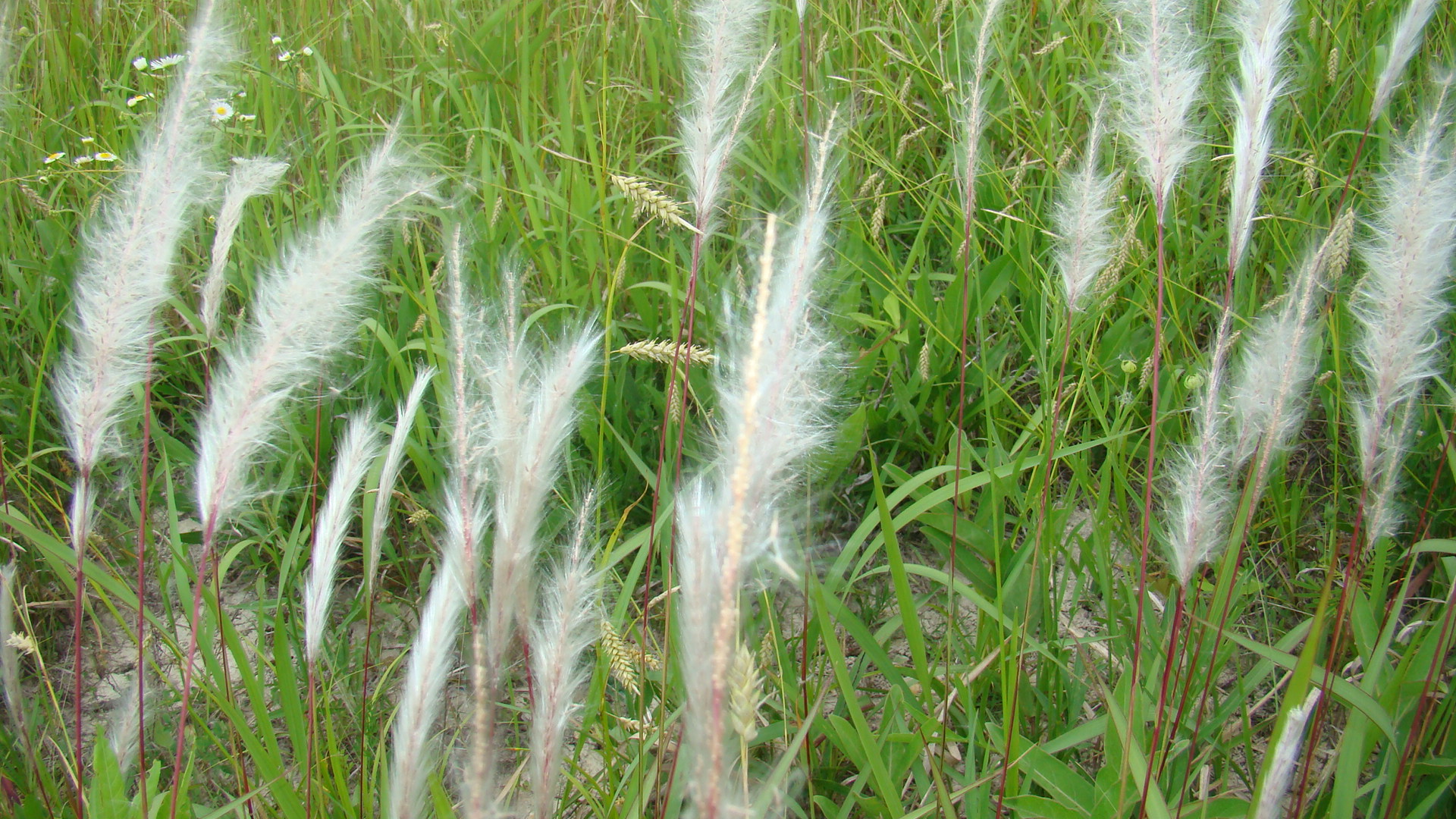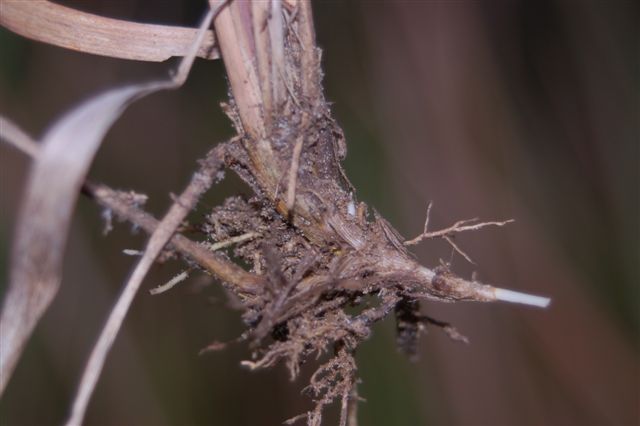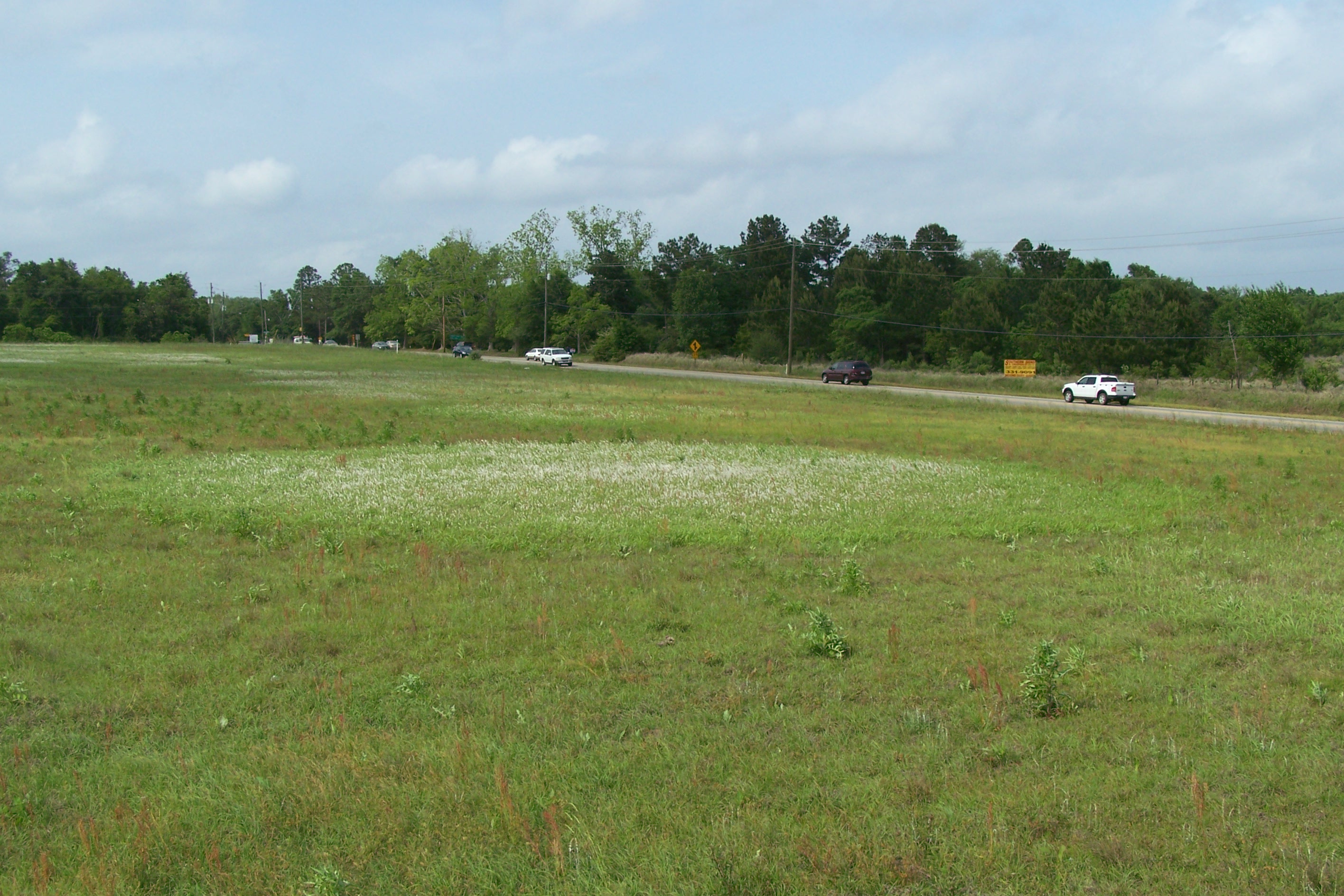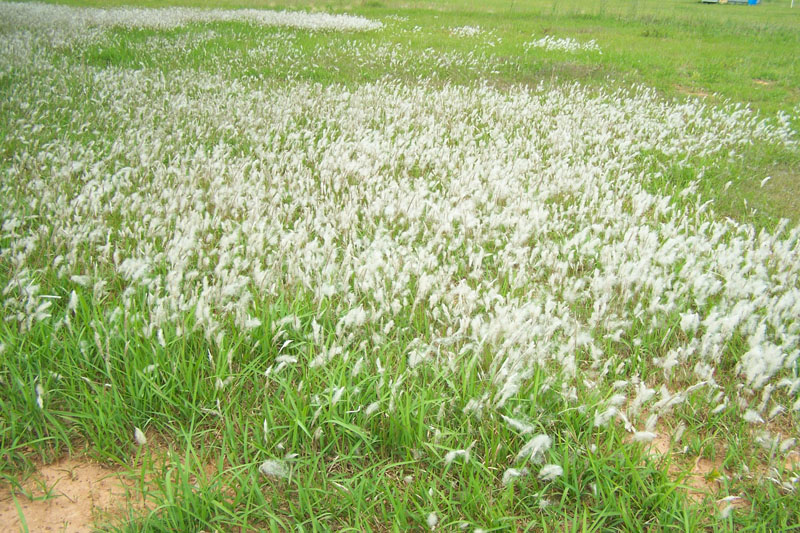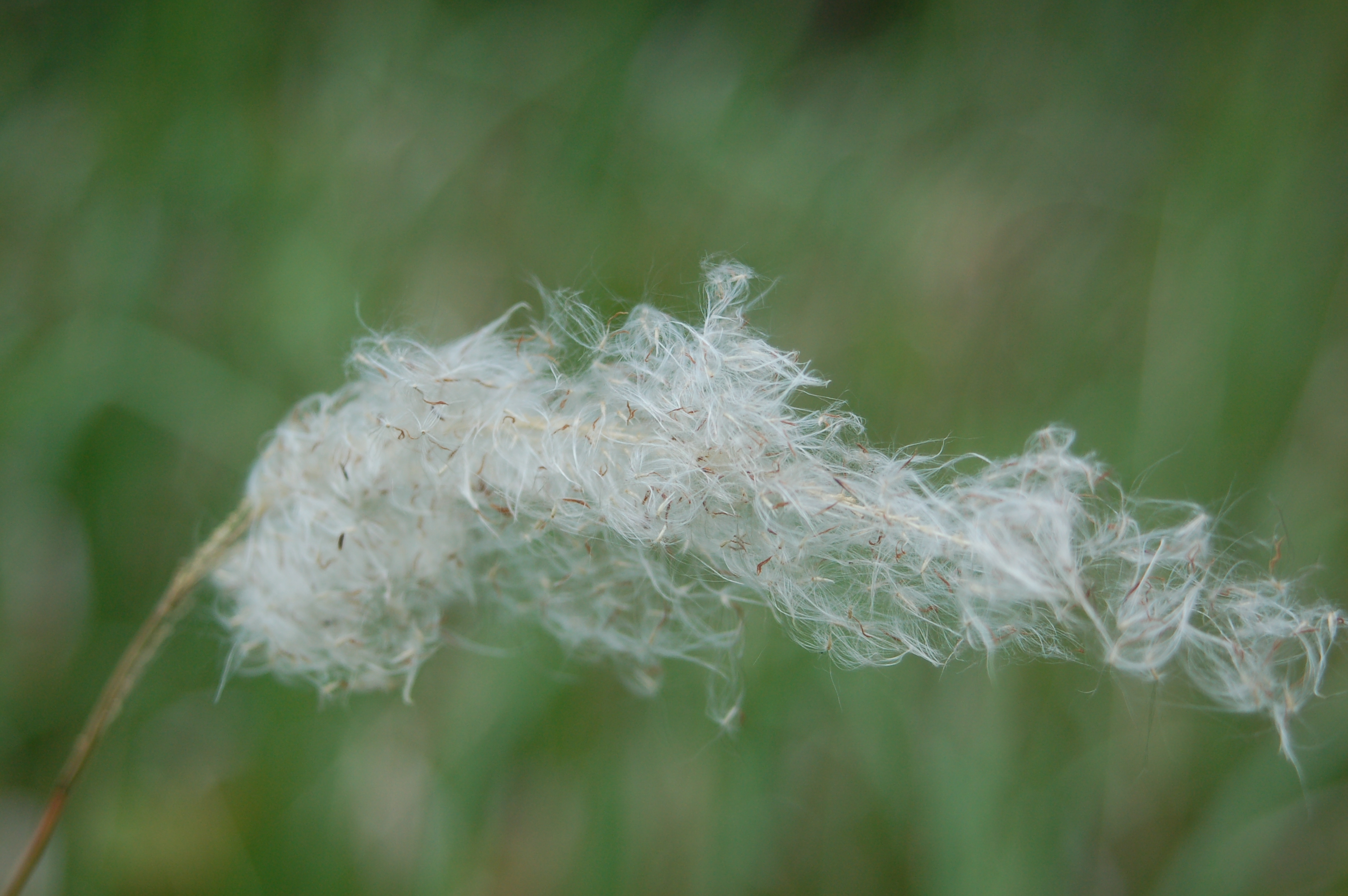Cogongrass, Imperata cylindrica, is a federally listed noxious weed that naturally grows in tropical and subtropical regions of the world. More specifically, cogongrass is native to East and Southeast Asia, Australia, and East and South Africa. It has been so profusely introduced into other countries that cogongrass currently exists on every continent in the world except for Antarctica. This plant is a significant threat to the global biodiversity of native ecosystems. First introduced into the United States in the early 1900s at the port in Mobile, Alabama, cogongrass continues to spread extensively causing persistent infestations in the Southeast. Acreages with extensive cogongrass infestations are economically and ecologically degraded. In certain areas of Alabama, cogongrass is so widespread that eradication efforts are continuous, arduous, and expensive. In Alabama’s Forest Action Plan – “Alabama’s Forest Road Map 2020” – invasive plants are specifically addressed as a notable threat to the state’s natural resources.
The Cogongrass Mitigation Program is funded by the USDA Animal and Plant Health Inspection Service (APHIS), Plant Protection and Quarantine (PPQ) and administered by the AFC to assist landowners affected by this noxious weed. The goals of this program are to reduce the number of infested acres, eliminate its damaging effects on existing ecosystems, and improve the productivity of impacted sites. Additional goals are to slow the spread of current establishments and to prevent introductions into new areas of the state.
Eligibility Requirements
- The applicant must be a private, non-industrial landowner.
- Landowner may be a private individual, joint owner, a non-profit organization, or a corporation that is not an industry and has no publicly traded stock.
- Only properties located in Alabama (all 67 counties) are eligible for the program. (Cogongrass infestations that are in Mobile and Baldwin counties may be referred or transferred to another control treatment program.)
- The landowner is not required to reside on the property or in the state of Alabama.
- The landowner must have a deed to the property to verify ownership.
- At least one name on the deed must match the name of the applicant.
- There is no minimum or maximum acreage ownership requirement to enroll in the program.
- Prioritization of applications may occur for landowners with less than 5,000 acres of total property ownership.
- The acreage, stand, or site of the cogongrass infestation cannot be currently enrolled in the Conservation Reserve Program (CRP), Environmental Quality Incentives Program (EQIP), or any other federal cost-share program.
Program Parameters
There are other stipulations pertaining to approval under this program as follows:
- Cannot treat cogongrass infestations within 25 feet of all surface water (streams, ponds, lakes, rivers, etc.).
- Cannot treat cogongrass infestations within 150 feet of a known threatened and endangered species.
- Cannot treat cogongrass infestations within 330 (or as high as 660) feet from an active bald or golden eagle nest.
- Careful deliberation will be taken for treating cogongrass infestations that are in proximity to school grounds, bus stops, playgrounds, children, domesticated animals, livestock, homesites, or other special/unique/inhabited sites.
Landowner Agreement
Landowners approved into the program will have to sign an agreement including, but not limited to, the following conditions pertaining to spray treatments of the infestation:
- Landowner must allow permission to enter and leave (ingress and egress) the property for the purpose of verifying, mapping, spray-treating, re-treating, and monitoring the infestation.
- As resources are available, the landowner will commit to spray treatments of the infestation for three consecutive years.
- Landowners who wish to leave the program must provide written notices to the AFC.
- Landowner agrees not to apply for additional federal cost-share or incentive programs for the control of cogongrass for the same acreage while participating in this program.
- Because the program is funded by APHIS, the landowner acknowledges that information pertaining to the infestation (location, size, treatment method, etc.) will be collected and accessed by auditors, the AFC, and other government agencies.
- Landowner will agree to release and indemnify the Alabama Forestry Commission (including its officials, employees, agents and contractors) from any claims, demands, causes of action, and/or liabilities of any nature arising from or related to this program.
How to Apply
The link for the Cogongrass Mitigation Program application is listed below. In the online application, participants will be required to answer questions that pertain directly to eligibility. Information needed to apply includes your mailing address, parcel ID number, and GPS location of where cogongrass is located.
Submittal and receipt of an application by the Cogongrass Coordinator does not guarantee acceptance into the Cogongrass Mitigation Program. Acceptance of a property, stand, or area for control treatment will be based on several factors, including but not limited to, available resources to meet current treatment agreements, cogongrass verification, infestation location, and legal ownership. AFC program staff will review the Cogongrass Mitigation Program applications, which will be accepted or rejected based on the above-listed eligibility requirements. After eligible sites are evaluated and ranked by AFC personnel, they will be sprayed on a first-come, first-serve basis.
The application portal is now closed due to high volume of applications.
Thank you for your interest in the program. We appreciate your proactive measures to control this noxious weed. If you have other questions, please call your local AFC office or email:
Additional links and information:
